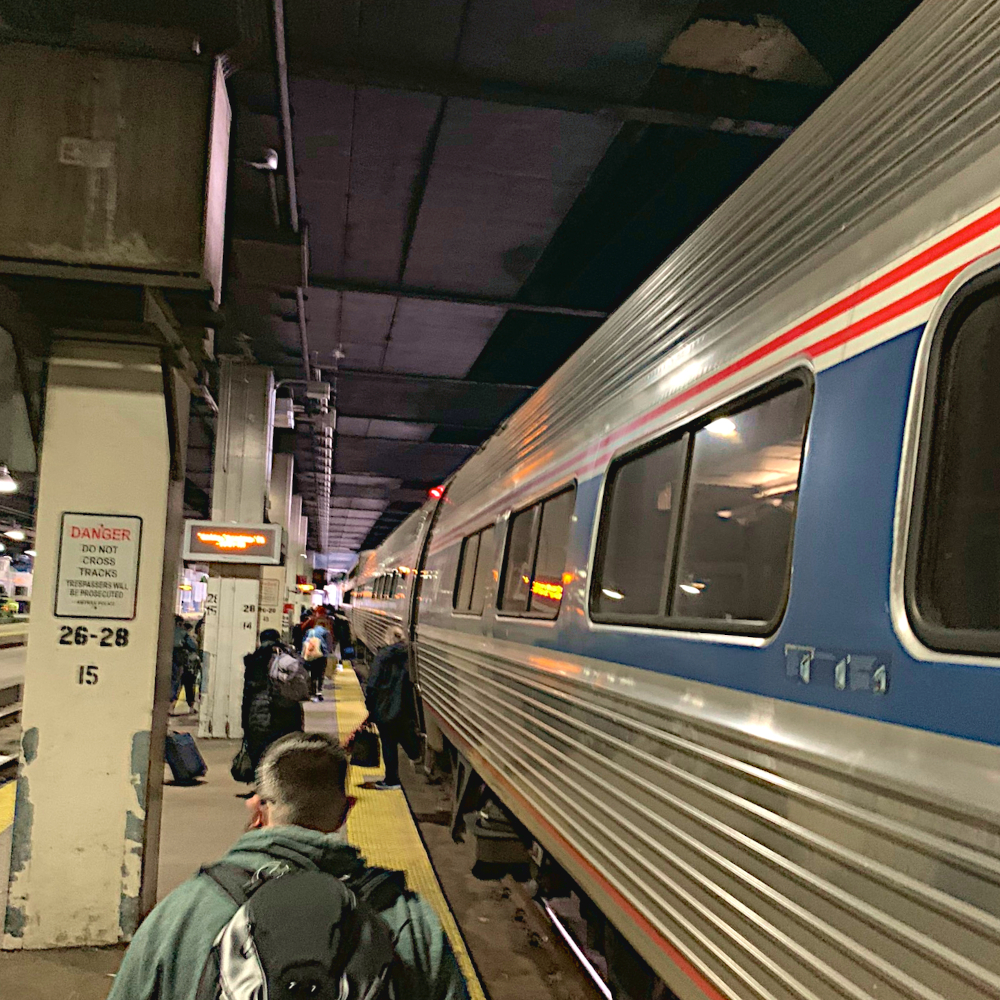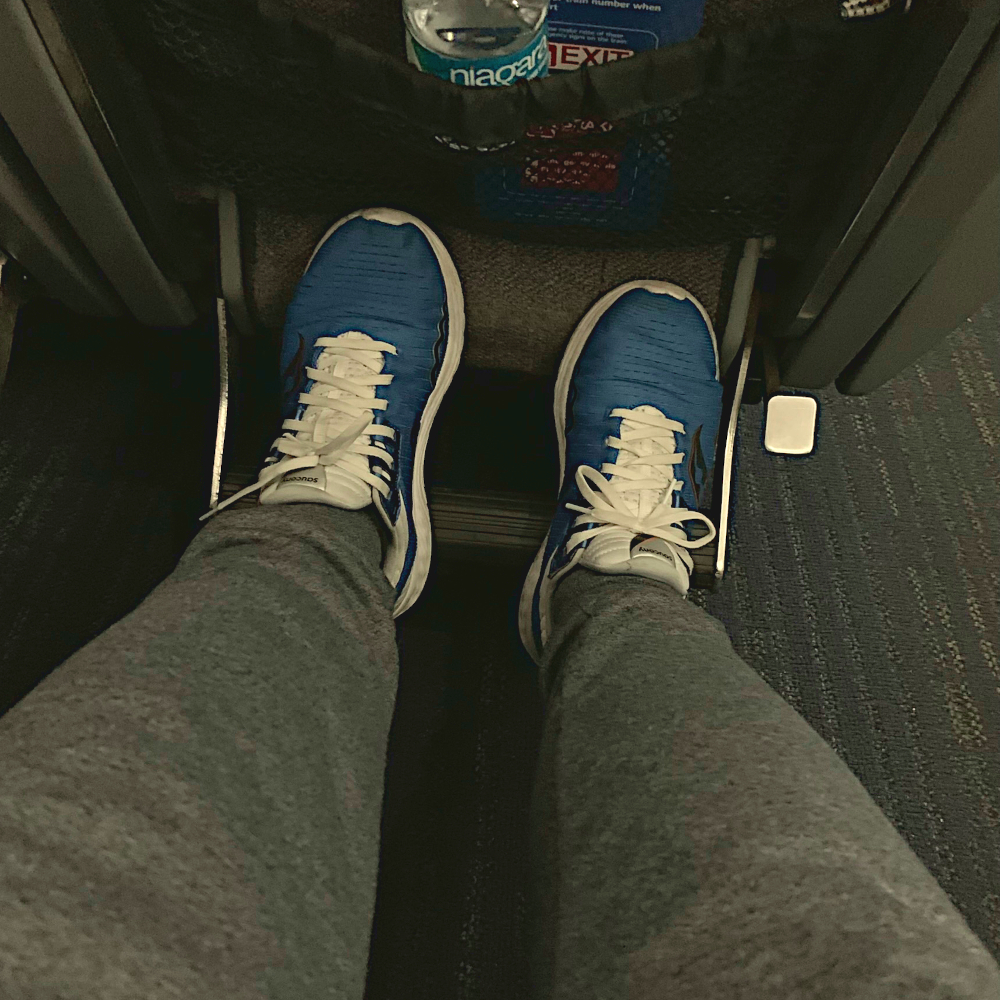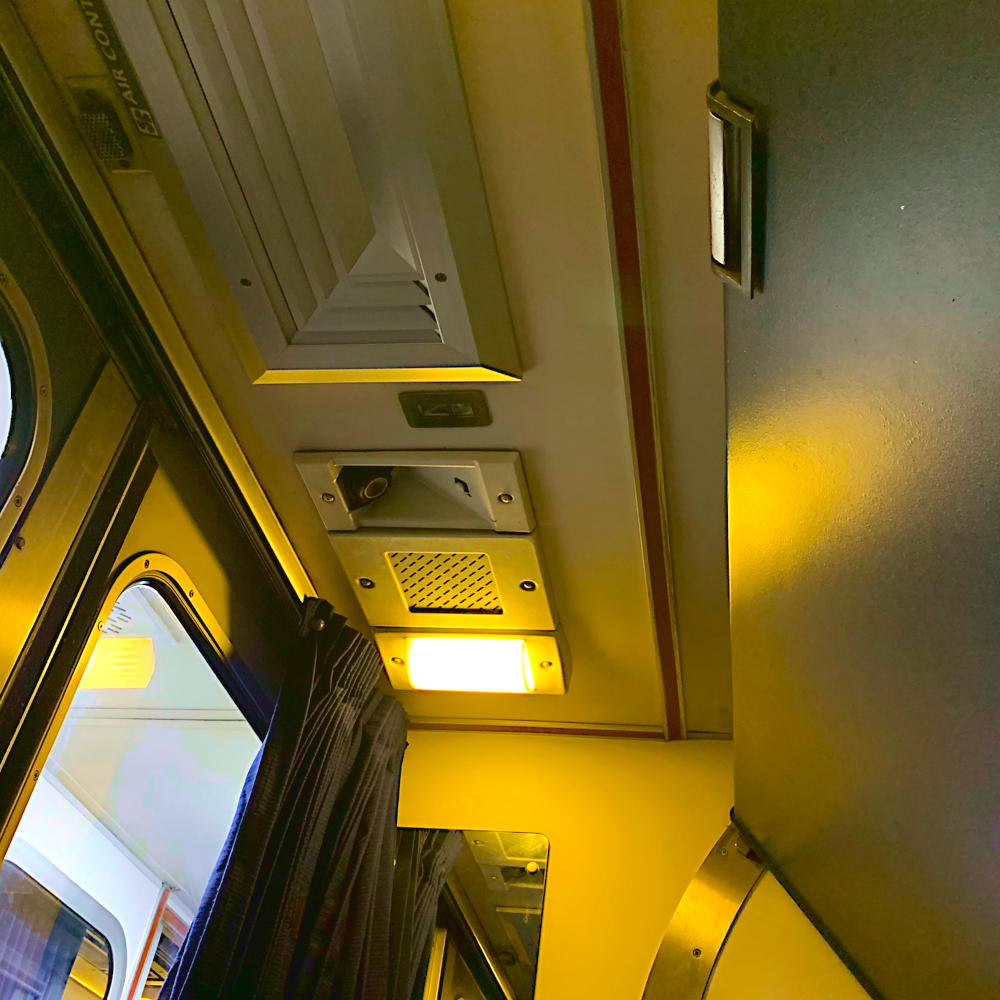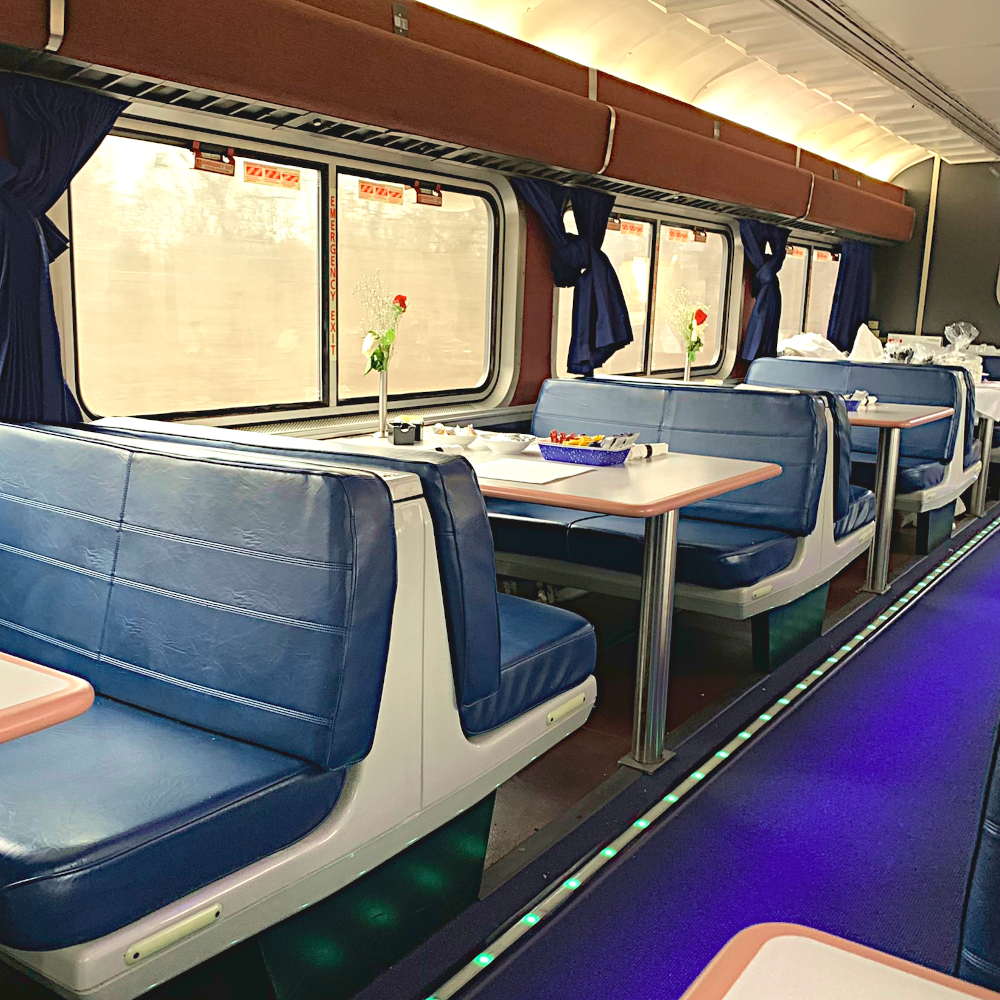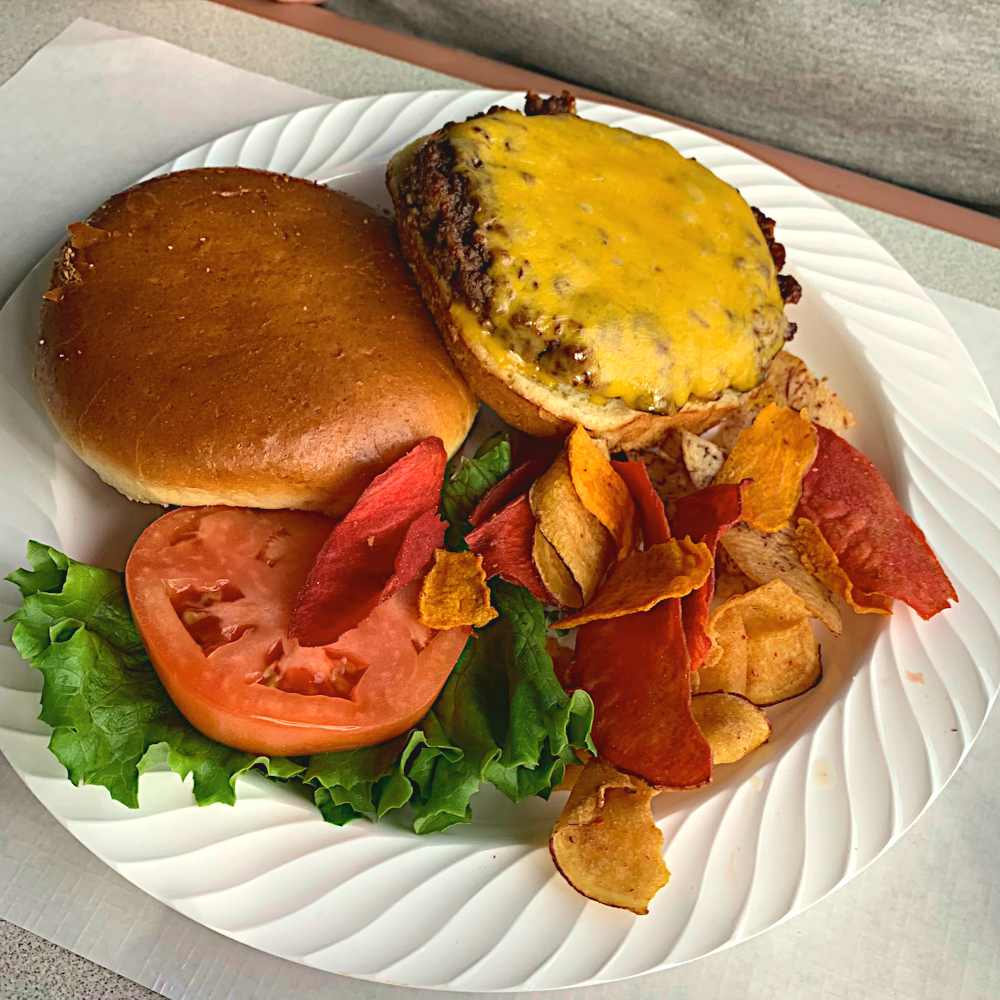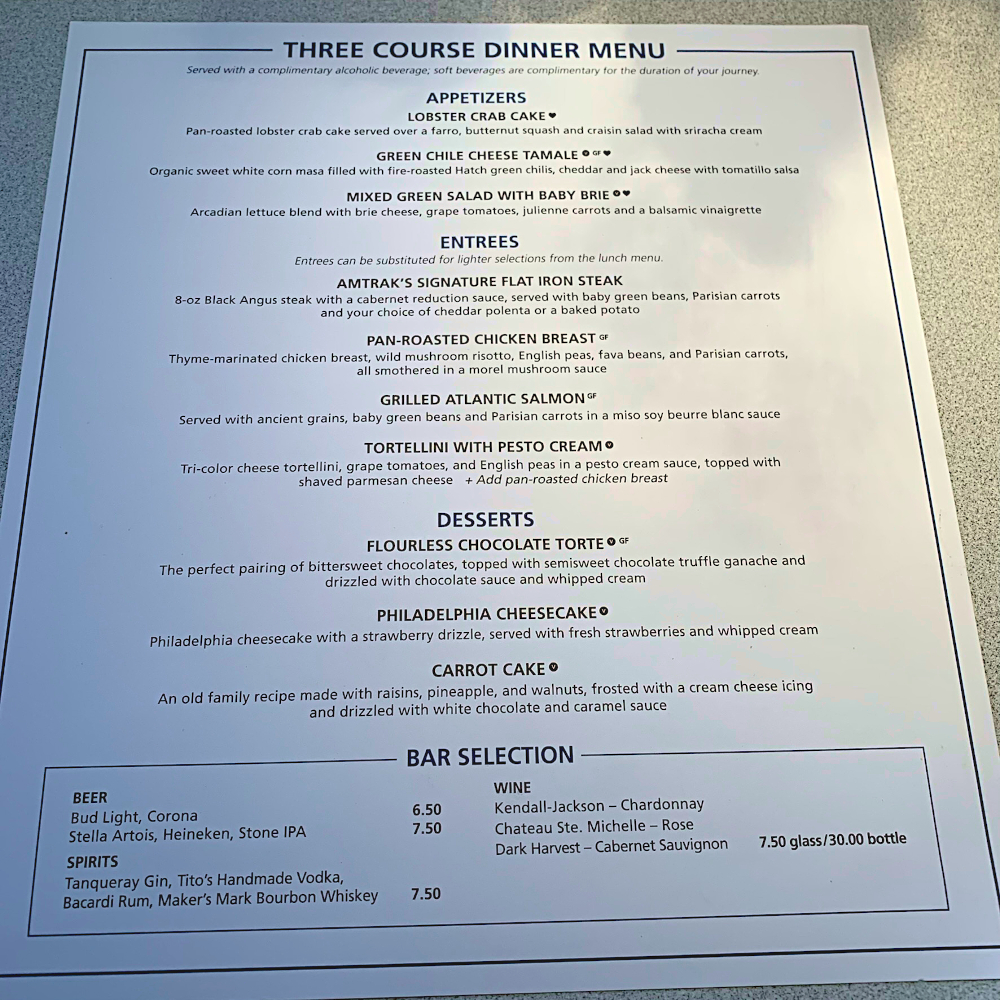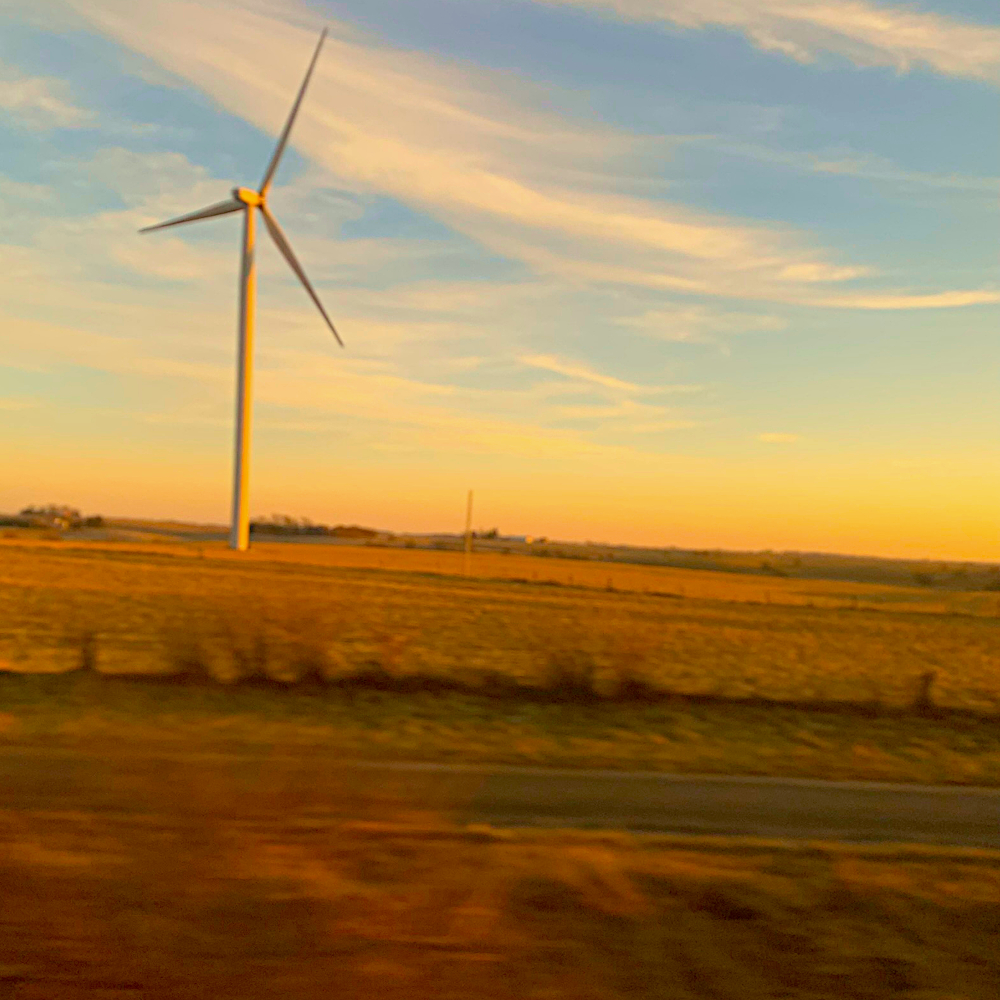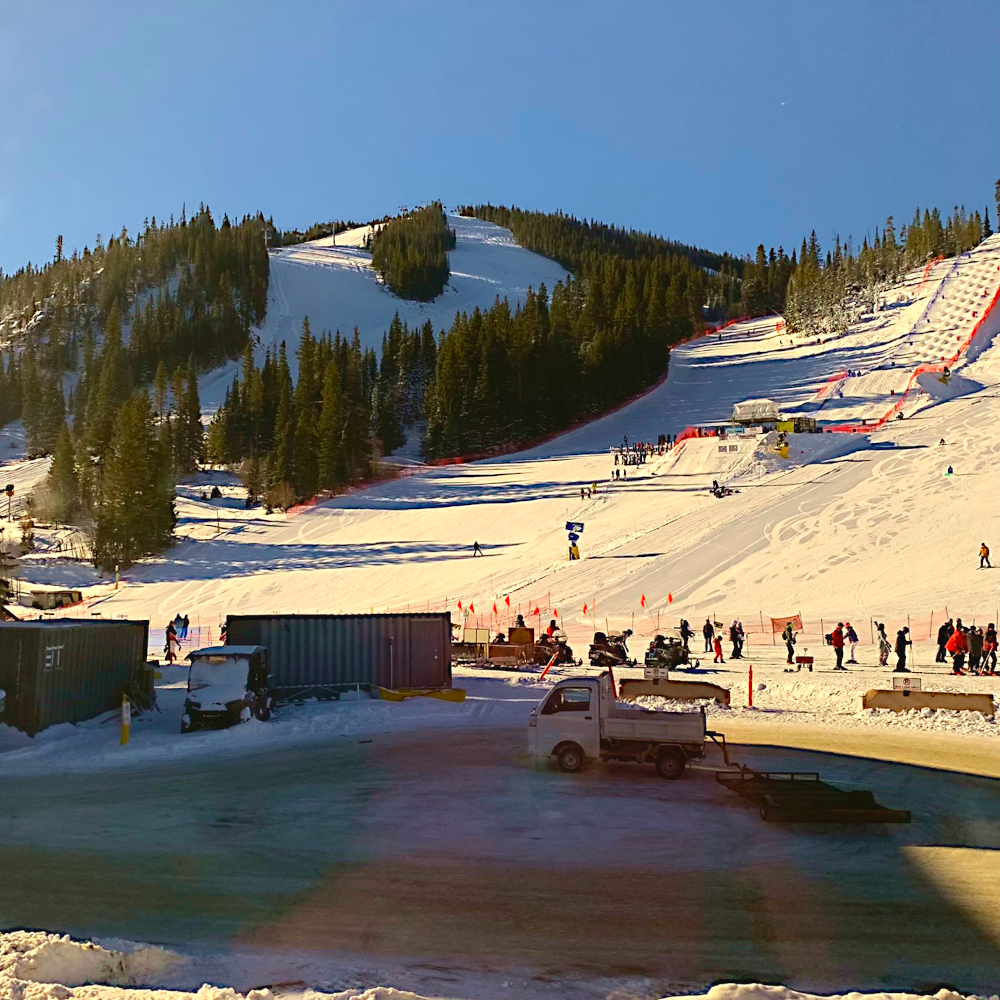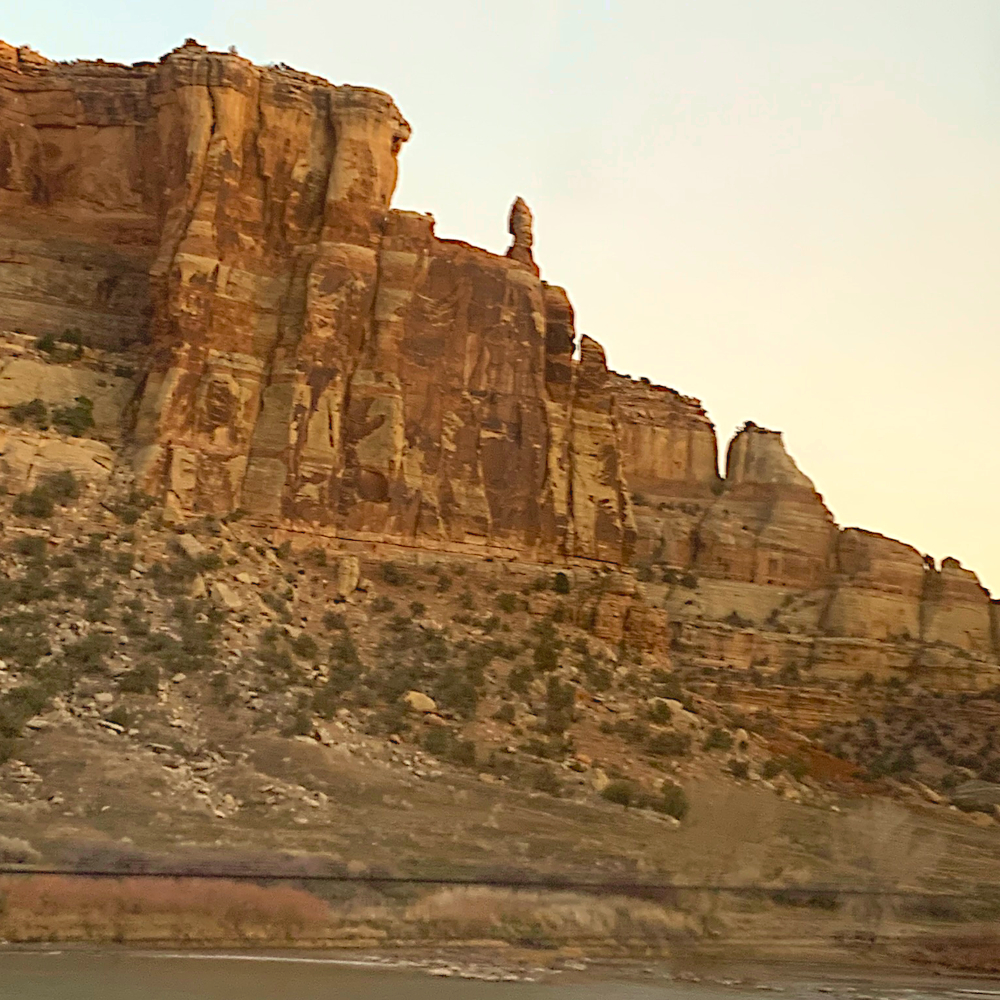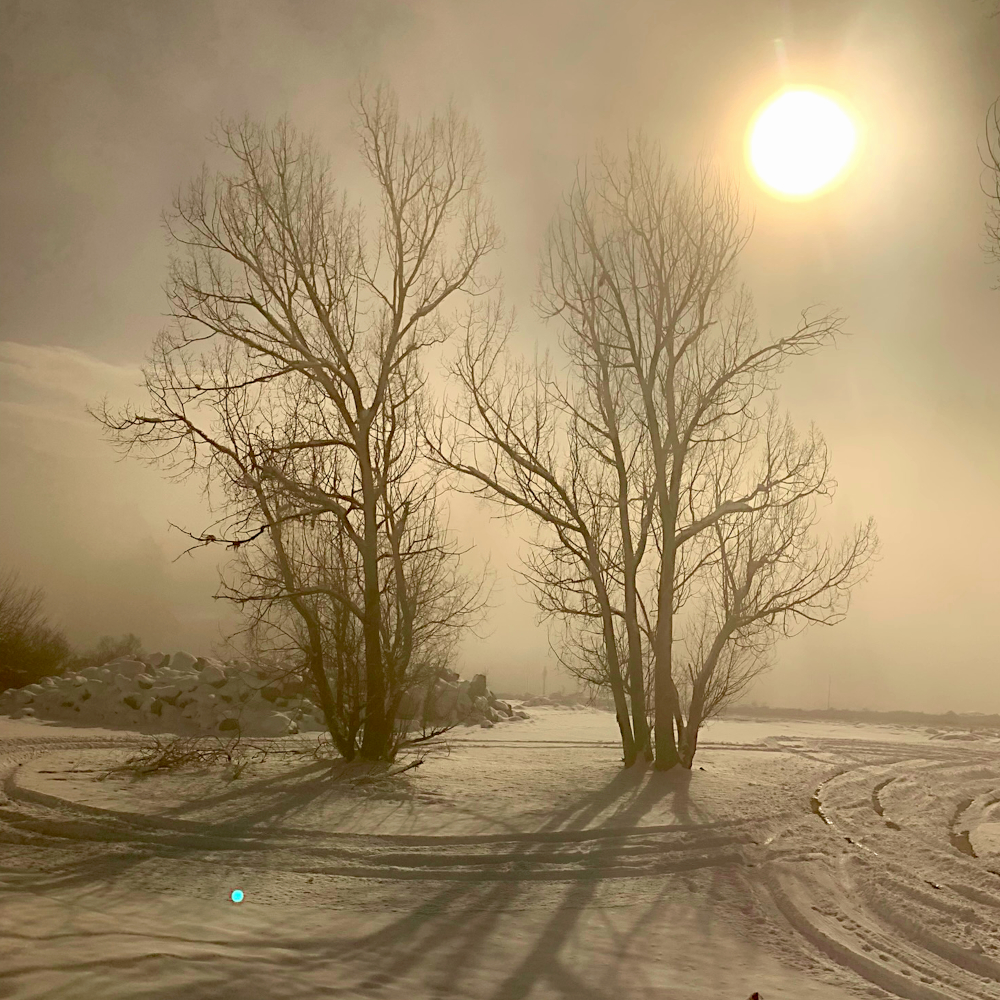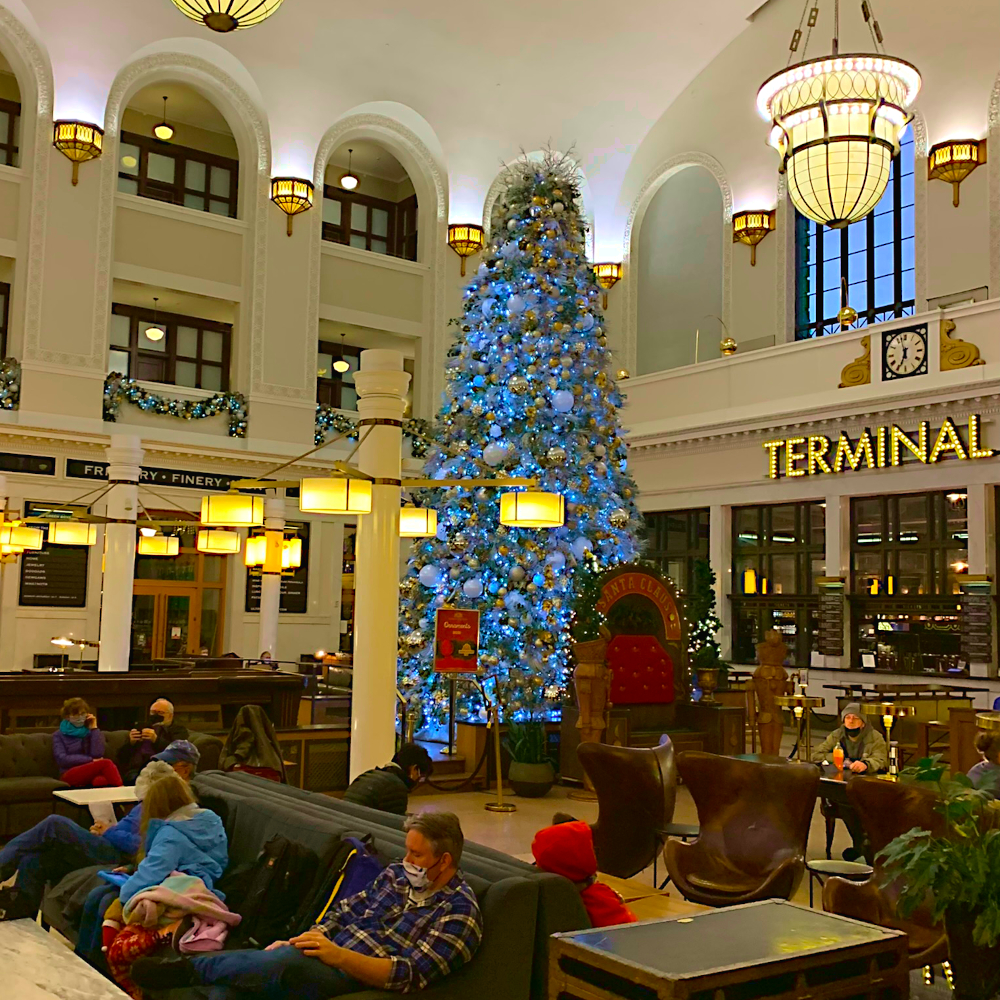Many folks I’ve encountered have a distinct tendency to romanticize the past. Everything was more pure and carefree, and times were far more simpler.
Truth is this nostalgic-tinged view of times gone by is something of a crock. While there are a number of factors involved, I think the driving factor behind this phenomenon is human nature – very few people actively choose to dwell on the negative. Even if one grew up with a difficult childhood, most would prefer to pull up positive memories, no matter how small. Also, time is your own tunnel – your experience is not necessarily the norm for other people.
The notion of train travel often falls under this spell of romanticism – I count myself in that group (having seen plenty of Hollywood movies involving train travel) but again I, like others, have a superficial impression. We see the billowing smoke and shiny paint jobs of trains in operation, but we are either unaware or don’t care to think of the more dark side of the so-called iron horse.
These aspects include the long-ignored contribution and racism directed toward immigrants who shouldered the load in building the Transcontinental Railroad – the famed Golden Spike at Promontory Point, Utah photo was prime example of this, shuttling immigrant workers like the Irish, Italians and most prominently, Chinese, who drew the brunt of the work at the lowest wage, off the frame. Or how about the sport-killing of American Buffalo on the Plains via train that had a darker purpose (to starve the indigenous peoples who lived there into submission.) Or perhaps we might consider the brute force capitalism that made robber barons like Cornelius Vanderbilt and his family some of this nation’s most prominent elites via railroad monopolies.
To an American society that has an even bigger love affair with the automobile, and where doing things faster has been the norm for decades, traveling by train is now seen by many as something of a novel dinosaur, reserved for things like amusement parks and shorter, specialized lines which are more tourism attraction than a real representation of what train travel is/was like.
Yet, train travel still thrives outside this country in areas like Europe and Japan. And the option to actually travel via train still stubbornly hangs on in this country in the form of Amtrak. We figured that during this pandemic-laced times, our usual efforts to cram in as much as we could on a vacation trip wasn’t necessarily desirable, and the decidedly more leisurely train to venture to and fro would help with that.
One thing we noticed initially during our trip was how stress-free the check-in process was compared to airline travel (another mode of travel which has also experienced a decline in glory when rock-bottom fares became the name of the game versus luxury for a price.) Generally, the long queues that typify airline travel were, save for the end when our train was running late (more on that below), non-existent.
Also, unlike the sardine-can-like structure of your most common passenger airplanes, the train gives you a lot more room to stretch out. Plenty of space exists to store your bags in overhead bins and special larger-bag storage areas, making checking your bags more optional than necessary (we opted to do so due to the cross-country nature of our trip.) Even the coach class car seats are more comfortable than we expected – seats are noticeably roomier than their airline counterparts, lean back quite a bit, and include hammock like leg and foot rests.
We started off in Toledo, Ohio, and connected with the California Zephyr at Chicago’s Union Station. Those who paid for sleeping car accommodations like us are eligible to access the Amtrak passenger lounges, which provide a bit of a respite from the bustle. With that said, the Union Stations in both Chicago and, as we found out, Denver are themselves attractions, worth walking through and around if you have the time to do so.
The Zephyr’s route, which bookends Chicago and Emeryville, California, and rolls through cities like Omaha, Denver, Salt Lake City, and Reno in during its 2000+ mile route, plays tag with the Interstates 70 and 80 often as well as US 6, but as we found out, the train gets to go regularly where auto traffic does not or cannot get to. With others doing the driving, we had plenty of opportunity to simply kick back and gaze at the surrounding lands. The Observation Car does offer a more expansive view of the countryside, but we found the windows in our roomette more than adequate for sightseeing.
Amtrak’s COVID pandemic protocols were in evidence from the start. Amtrak requires a pre-boarding COVID-19 questionnaire by filled out 24 hours or less before boarding. Also, mask requirements are strictly enforced both in the station and the trains themselves – exceptions lie for those sitting in their sleeper cars (who can remove their masks as long as their sleeper room door is closed) and during active dining. Further protocols have limited dining car meals only to sleeper room patrons like we were (before, people in coach did have access as long as they paid for their meals – their access to food and beverages is now restricted to the lounge, located on the lower level of the Observation Car.)
The dining car COVID protocol was revised on the leg back home. An uptick in COVID cases nationwide saw passengers like us seated in separate booths exclusively (save for single travelers, who could be seated with another single traveler if meal service was in a busy period.) On the leg out to California, the typical procedure (groups of three or less were matched up with other passengers for a maximum of four per table) was in effect. On both legs, eating inside your sleeper car was an option if you arranged it with train personnel.
On that leg to California, we found ourselves seated with a number of younger people taking the train essentially on a whim. I had the impression that train travel was something more geared to the older generation, but if the numbers of younger folks who were, like us, taking the train for the first time are any indication, the seeds for keeping this meandering style of travel viable in this country in the future are being planted.
Speaking of dining, the food served in the dining car is overall pretty decent. Options are all pretty familiar to most diners with a tiny upscale twist here and there (fava beans with the Pan-Roasted Chicken Breast and a Flourless Chocolate Torte, for example.) Those with allergen issues will find mixed success depending on the allergen (my spouse’s egg and oat allergies restricted the choices on Amtrak’s compact menu quite a bit, especially at breakfast.) Dinner offers sleeper car passengers one free alcoholic beverage with your menu, but you will pay extra if you order a second drink or an alcoholic beverage at either breakfast or lunch.
The roomette itself seems a lot roomier than it’s 3.5′ x 6.5′ space (plus about 8-feet in height), at least in its two-seat configuration – think two business- or first-class airplane seats facing each other, with plenty of space to stretch out your legs in between. There’s enough room on the arm of the seat on the non-closet-side to stack a duffel bag and other smaller items on top without too much trouble; space to store items also exists underneath your seats. The roomette also contains various controls for ceiling and reading lights and room temperature, as well as a thin closet and tiny commode. We opted to use the public bathroom stalls in our train car as well as the community shower.
Quiet hours on board start at 10 PM – those who are night owls can venture to the Observation Car, which is open 24/7; otherwise, the roomette receives a transformation into a double bunk setup. As we found out, some planning is needed to ensure that all your vital items are available for the night; anything stuck underneath the pulled down bottom bunk is pretty much unavailable until the next morning when the car’s assigned porter transforms the roomette back to its daytime configuration.
The sleep experience depends on mainly on two words – upper and lower. For the roomettes, the lower bunk is fairly cushy, but the upper bunk is more functional than comfortable and doesn’t have near the level of its lower cousin’s cushioning. Also, those on the lower levels of the train (all cars sport two levels) are subject to more track noise; upper levels are more quiet, but any swaying of the train is more noticeable, especially when the train takes a curve at higher speeds (for those sleeping on the top bunk, an adjustable harness is available to help prevent any sliding beyond edge.
Perhaps the most overriding thing we got from our experience with Amtrak is how much they’re NOT like the typical airline experience, and in a mostly good way. First off, the train offers a unique ability to see parts this country that you can’t normally see in a relatively up close manner compared to a typical airline flight. Obviously, you can see the Rockies by airplane, but you’re at a height in which you can’t see the close-up details. On the other hand, airlines typically offer you both speed in travel (with caveats – see below) and that aspect is key when you opt for an airplane flight.
Car travel, which offers a similar speed of crossing the country as the train, does allow you to access more of the country; however, you don’t have the option to opt out of driving the more boring parts. As we’ve found out, there’s not a lot to keep your attention between Kansas City and Denver on I-70, and in fact, the Zephyr’s westbound schedule allows you to sleep for much of that time along more or less the same route.
The difference was made even more evident with the return trip, which ended up hopelessly delayed due to the massive snowstorm which felled trees and power lines in the Sierra Nevada mountains the weekend before our return.
We’ve found airlines are sometimes overwhelmed with dealing with mass delays in terms of providing personalized and occasionally timely help. Amtrak proved proactive throughout our entire travel back east in terms of informing people about short-term delays and the overall situation, starting with our station agent in Martinez. He proved very helpful in explaining the situation as well as looking into other train-related options (rerouting to Chicago via Seattle or Los Angeles) that may have gotten us to Chicago in a timely fashion. At worse, Amtrak offered to refund the money we had spent on the eastbound return segment if we found that an airline flight was the only feasible option for us.
As it turned out, we ended up taking the train out, knowing it would be delayed, but we later discovered our other options would’ve been problematic. A flight that day out wasn’t possible, but an airline flight out the next day ended up being fraught with potential delays and cancellations due to various issues. The snowstorm also reminded us of my initial move to Ohio, where we opted to take the southern route (I-5 to State Route 58 to I-40) versus the more direct route through the Sierra Nevada – as it turned out, a number of drivers ended up delayed, stranded or in accidents trying to negotiate road closures around the Lake Tahoe region when major roads were closed due to the storm.
Amtrak was also proactive in terms of accommodating passengers when possible whose connections were affected by the delayed Zephyr train – a bus bridge between Galesburg, Illinois, and Indianapolis, Indiana was set up so that passengers headed south from Chicago could catch both the happy-smile-curved Cardinal and New Orleans routes.
Overall, we enjoyed our experience on Amtrak, and we are eager to take the train out again on a future excursion. If somehow you find yourself inspired to take Amtrak on a future trip, here are some observations which may help you out:
- The classes on Amtrak roughly correspond to what you might pay on airlines for the same class of seating (Amtrak Coach = Airline Coach, Amtrak Roomette = Airline Business Class, Amtrak Bedroom/Family Bedroom = Airline First Class.)
- Think of the train as something like a moving hotel – tipping is definitely welcome and very much appreciated.
- Bring a pair of easy-to-slip-on/slip-off shoes if you book sleeper car accommodations: passengers are not allowed to walk around shoeless outside their rooms for safety reasons.
- It’s easy to stay glued to your seat during your train ride – if the train is running on time, certain stops allow you to step outside the train for a quick break or longer (stops in Grand Junction and Denver, Colorado allowed us to venture into the station and stop by the shops inside to browse or grab some non-train grub.)
- On certain routes, coach seating may be perfectly acceptable for a traveler who doesn’t mind sleeping on a reclining seat. On less busy segments, the coach seat next to you might even be empty, allowing those of a certain height and/or flexibility to side-sleep across both seats. However, like airlines, you may be seated next to a relative stranger, and for almost certainly a longer period than an airline flight the farther you’re traveling on the train (due to delays caused by the snowstorm, coach seating was completely full leaving Reno on the return trip back east, and it’s a fairly long trip from there into the next major stop (Salt Lake City, UT) and parts farther east.
- Sleeper car passengers have access to non-alcoholic beverages outside of dining hours, namely water (sometimes you’ll have to ask your porter for this) and coffee. Within the dining car, the same story applies but with more options, so don’t be afraid to order both an orange juice and coffee with your breakfast, for example.
- Similar to airlines, Amtrak offers a frequent rider program called Amtrak Rewards, which offers free travel and ways to cash out your points with related retail partners. Amtrak also announces occasional trip sales throughout the year, such as this one from November touting a BOGO ticket offer for certain East Coast routes as well as their current promotion for up to 20% off on coach seats on selected routes.
- Many Amtrak routes do not have wi-fi (our trains for the most part did not), but cellular signal was available on more of route than we initially guessed. Still, if you are into listening to things like audio books, podcasts and music, it’s best if you download them before your trip to play when you have no signal.
- The bathrooms in the lower floor of our sleeper car are larger in size than the lone one on the upper half (which reminded me of the size of the bathroom you can find on your typical 737-airliner.) The shower room is bigger, but has no toilet. And as we found out, the water was rather bracing, no matter how much we fiddled with the temperature control (this could be due to the cold weather outside more than anything else.)
- Chicago’s Union Station has a smallish food court that contains a smattering of local establishments, some of which have been affected by COVID restrictions. We did manage to visit Nuts on Clark (where we picked up a pretty tasty sweet & savory popcorn mix) and The Junction Bar (cocktails and beers plus televisions) on outgoing and incoming legs. Those with a bigger layover and some flexibility may want to explore the surrounding area for food options. Meanwhile, Denver’s Union Station has much more of a local flair, with a dozen vendors serving everything from breakfast to tapas to boozy ice cream milkshakes and more. As we had arrived an hour ahead of schedule in the morning, we grabbed a delicious Horchata Iced Coffee and pastries from the only vendor open at the time, Pigtrain Coffee Co.
For more information on Amtrak travel, please visit them on their website at https://www.amtrak.com/home.html or call them at 1-800-USA-RAIL (1-800-872-7245).


